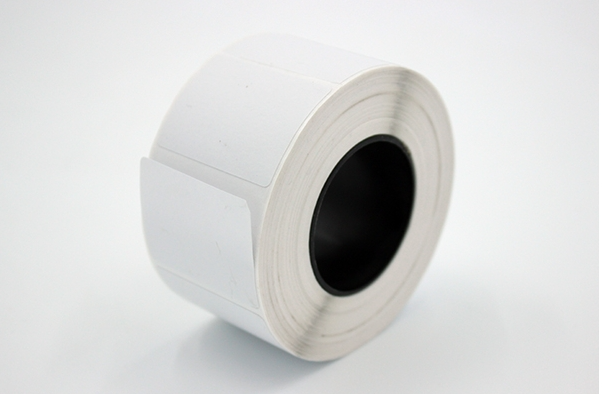Flame-retardant and high-temperature resistant labels are designed to withstand both extreme heat conditions and resist combustion, making them suitable for environments where fire safety is a concern. These labels find applications in industries such as aerospace, automotive, electrical, and other settings where exposure to high temperatures and potential fire hazards is a possibility. Here are some key features and considerations for flame-retardant and high-temperature resistant labels:

-
Material Composition:
- High-Temperature Resistance: The label material should be capable of withstanding elevated temperatures without losing its structural integrity or adhesive properties.
- Flame Retardancy: The label material should be formulated with flame-retardant additives or treated with flame-retardant coatings to minimize the risk of combustion.
-
Polyimide Labels:
- Material: Polyimide is a common material for high-temperature resistant labels.
- Features: Polyimide labels can withstand extreme temperatures and have inherent flame-retardant properties.
-
Ceramic Labels:
- Material: Ceramic labels made from materials like aluminum oxide or aluminum nitride.
- Features: Ceramic labels offer high-temperature resistance and can be treated to enhance flame retardancy.
-
Coatings and Treatments:
- Flame-Retardant Coatings: Labels may be coated with flame-retardant substances to improve their resistance to combustion.
- Thermal Coatings: Some labels have thermal coatings that enhance their ability to withstand high temperatures.
-
Compliance with Standards:
- UL 94 Standard: Labels may be tested according to the UL 94 standard, which classifies materials based on their flammability.
- UL 969 Standard: UL 969 is a standard for marking and labeling systems, including flame-retardant labels.
-
Adhesive Properties:
- Adhesive Strength: The adhesive used on the label should maintain its bonding properties at high temperatures.
- Residue-Free Removal: Labels should ideally be designed for residue-free removal if needed.
-
Application Environments:
- Aerospace and Automotive: Flame-retardant and high-temperature resistant labels are often used in the aerospace and automotive industries for components exposed to elevated temperatures.
- Electronics and Electrical: These labels may also find applications in electrical panels and other electronic equipment.
-
Customization and Printing:
- Printability: Labels should be printable with essential information, such as safety warnings or product identification.
- Customization Options: Manufacturers may offer customization options for specific applications.
When selecting flame-retardant and high-temperature resistant labels, it's crucial to consider the specific requirements of the application, the duration of exposure to high temperatures, and the applicable safety standards. Always refer to the manufacturer's specifications and test reports to ensure that the labels meet the necessary standards for flame retardancy and high-temperature resistance.
We offer comprehensive technical support, including free professional labeling solutions, advice on label materials and adhesive selection, as well as online/offline assistance from professional software and hardware engineers. Service email: andy@ownlikes.cn. In pre-sales, we leverage our extensive experience in specialty labeling projects to provide clients with the most suitable hardware solutions. Additionally, all our label barcode printers and scanners come with a three-year free warranty, demonstrating our confidence in our products.




